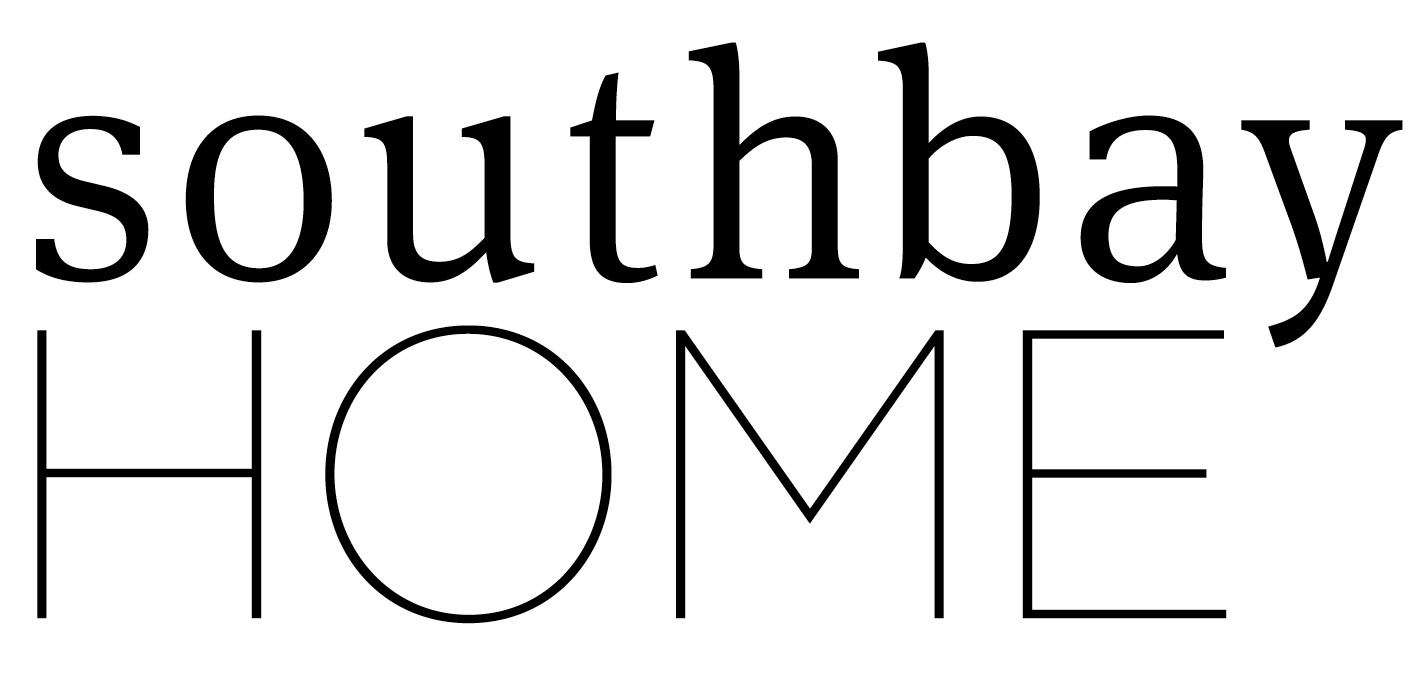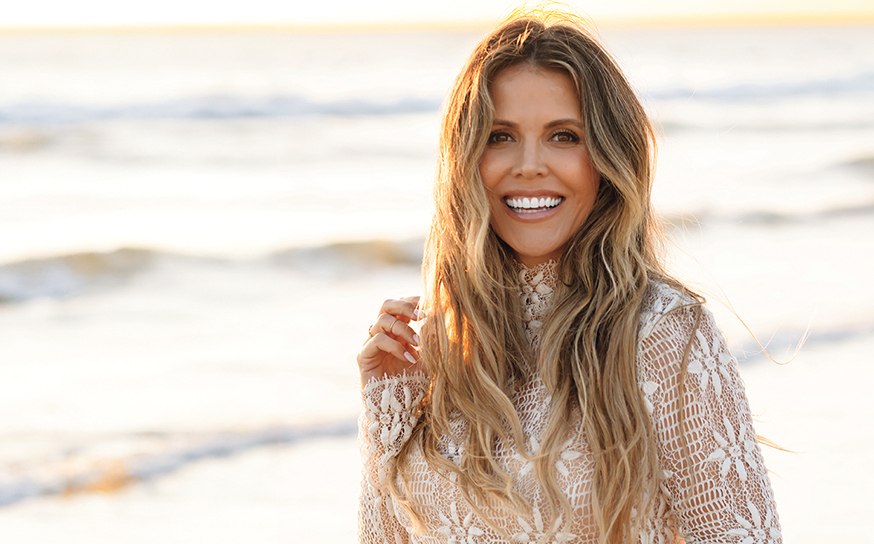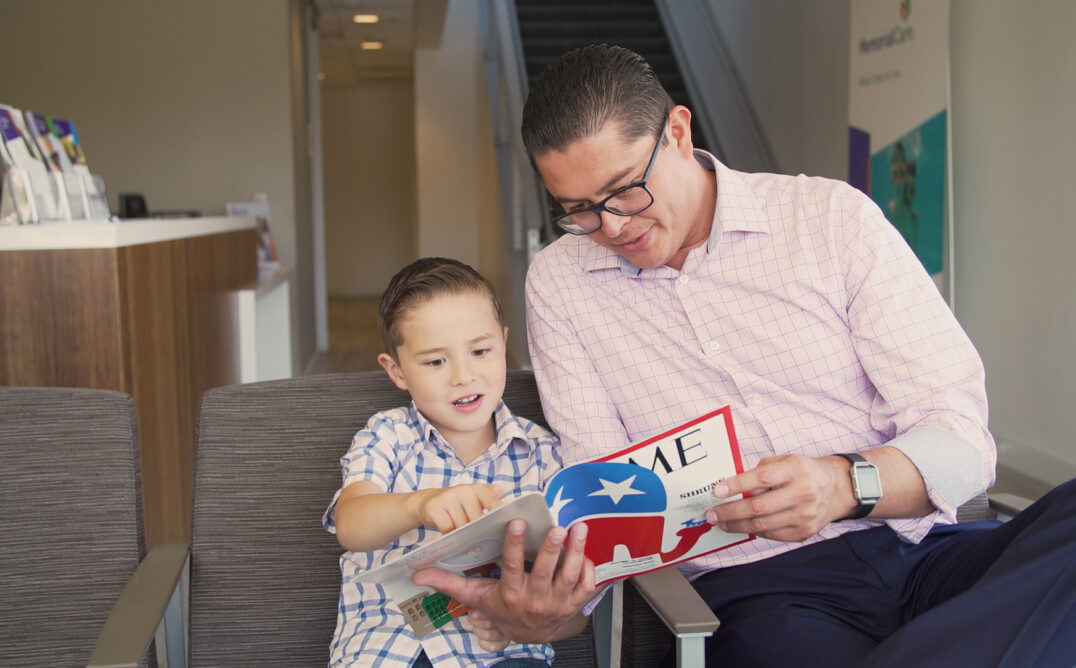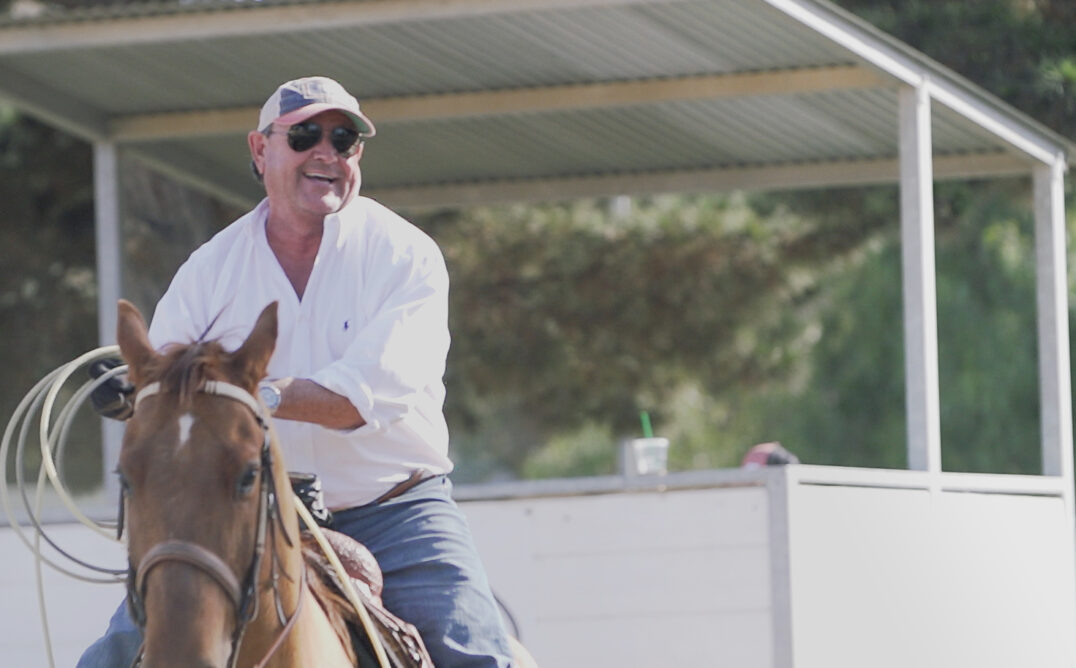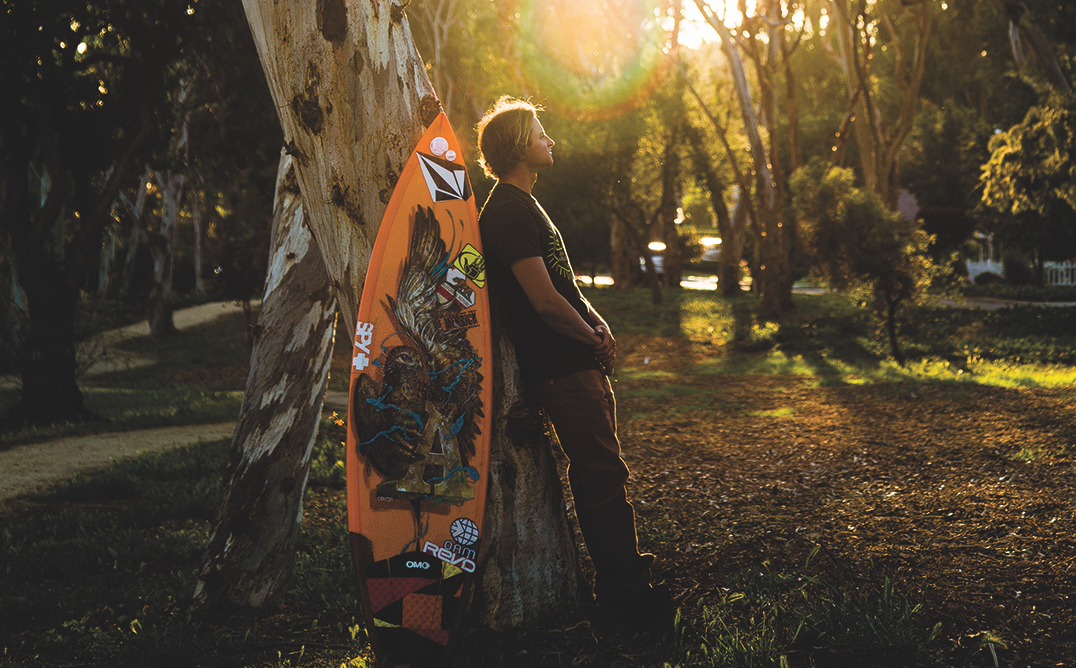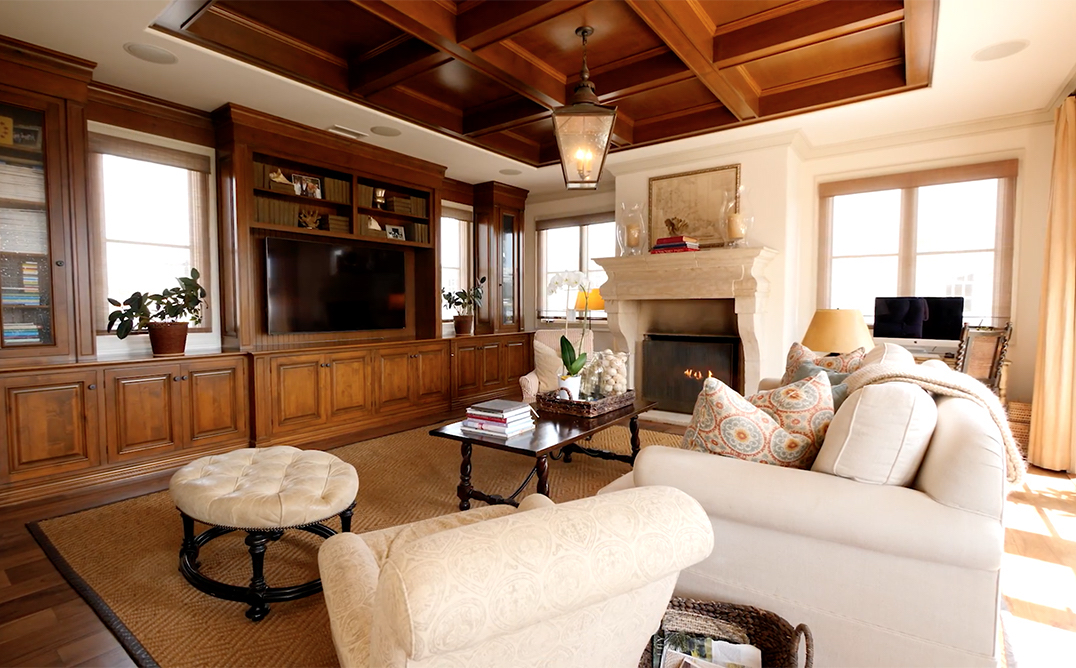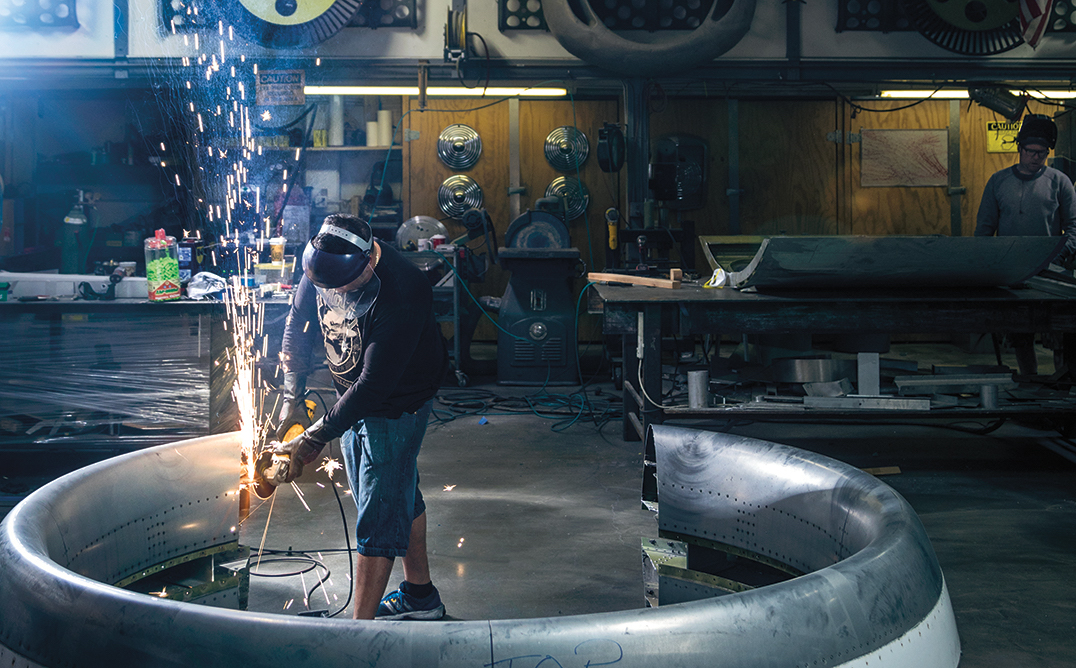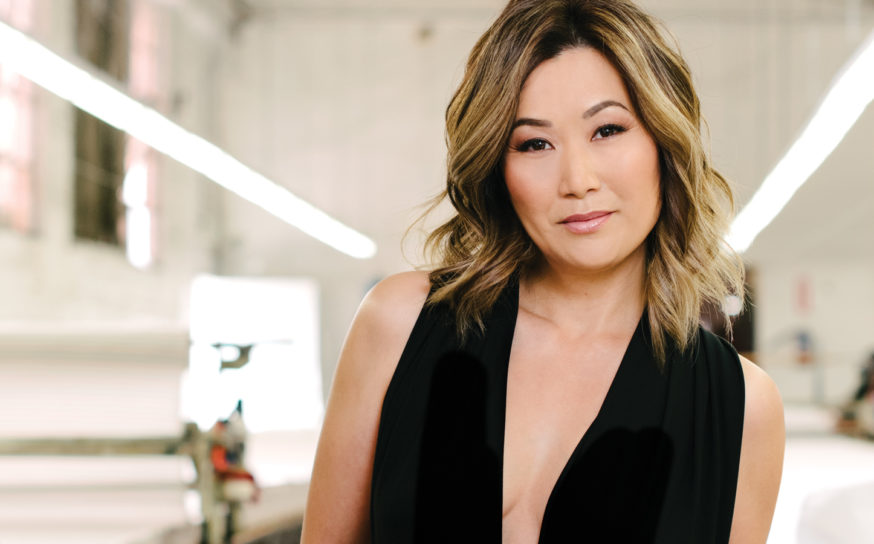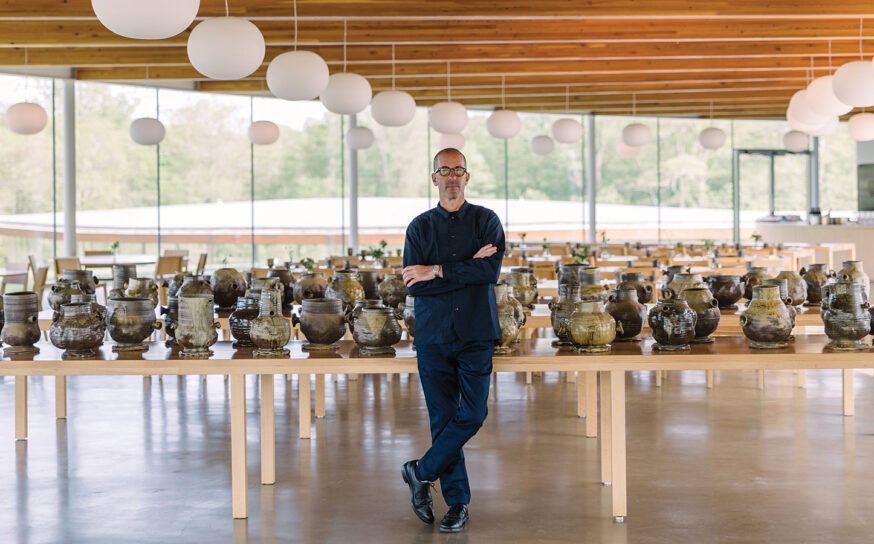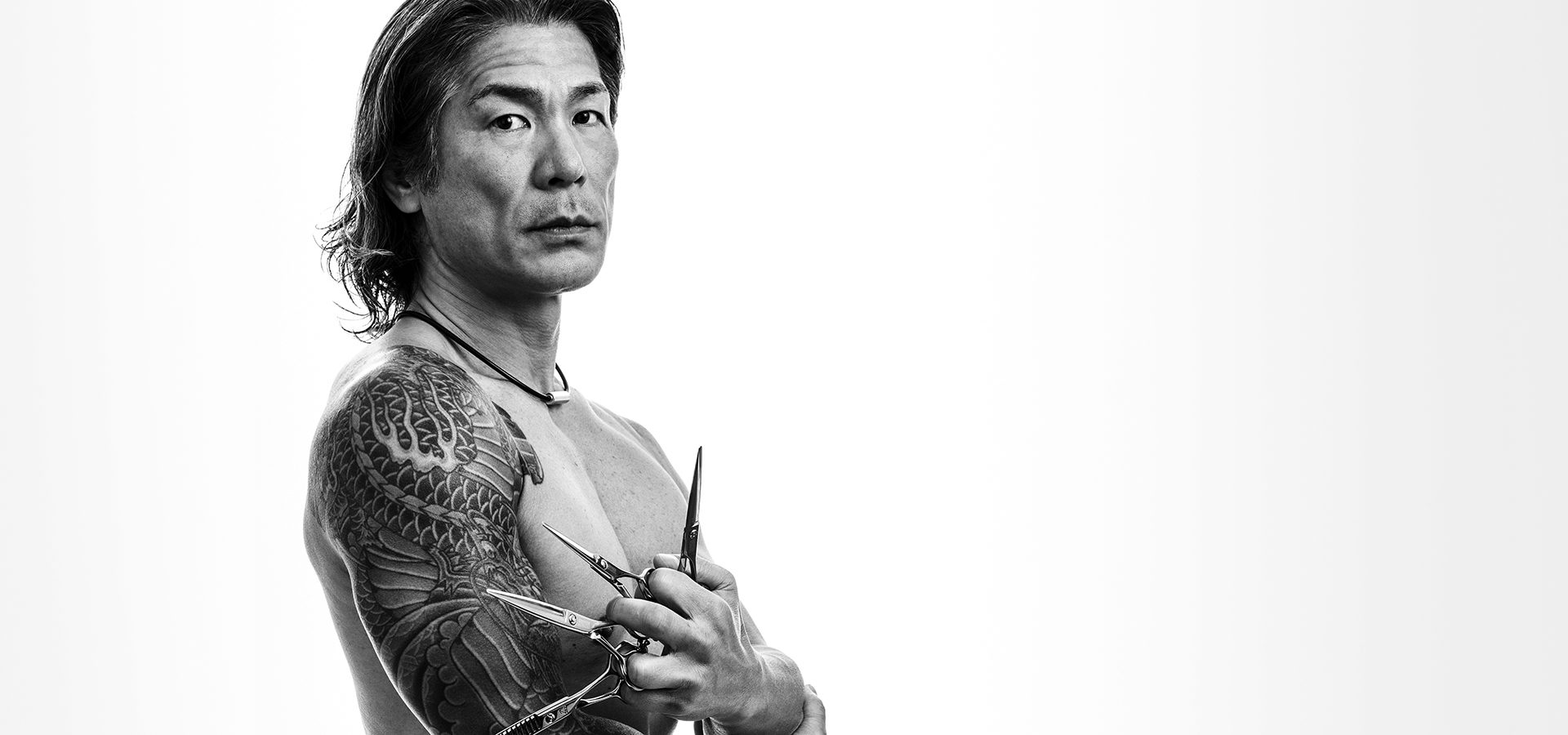
Manhattan Beach’s Katsumi Kasai Splices Japanese Technique and American Individuality
Hair apparent.
“You like your hair messy and low-maintenance, right?” asks Katsumi Kasai with a deep look of concentration in his eyes. His demeanor emanates the confidence of a true master. There is something very reassuring about the way he seems to understand his clients’ personalities through their hair.
Kasai, raised in Japan, comes from a family of talented painters who valued working with their hands. If he hadn’t gone into the hair business, he says he probably would have taken up sculpting. He sees great similarities between the two arts.
“Here you have to have more creativity, look at a client’s face and hair type and design into it.”
When he started cutting hair 36 years ago in Tokyo, Kasai was drawn to the idea of creating something light and beautiful, but he never anticipated that the business would require him to talk so much. “I was very shy, and I couldn’t keep talking to people all the time,” he shares. “But my boss kept telling me, ‘Hey Kasai, you need to talk.’ So with time I became better at it.”
He worked tirelessly six to seven days a week, often from early morning until midnight. “The salon would close, but afterwards we practiced every night,” he remembers. “No extra pay, of course. We had to be very precise and cut hair exactly how our teacher told us—by the millimeter.”
Kasai recalls the Japanese trend of everyone wearing the same kind of clothes and hair. “When you go to a salon over there, most of the clients tell stylists what to do,” he says. “They always bring a photo of what they want, regardless of whether the haircut is going to suit them or not.”
While the rigorous Japanese schools taught him to cut by the book, he changed his approach when he moved to the States. He perfected his craft in New York at top salons like Momotaro, Frédéric Fekkai and Warren Tricomi. Eventually he moved west and opened his own shop in Manhattan Beach 10 years ago.
“Here you have to have more creativity, look at a client’s face and hair type and design into it,” says Kasai. “The haircut is less precise and technical but there is an irregular part of the haircut that gives it a signature look. Back in Japan, I studied the precise techniques. In the U.S., I focused more on the creative methods. I combined two styles that are almost opposites and created my own way.”




